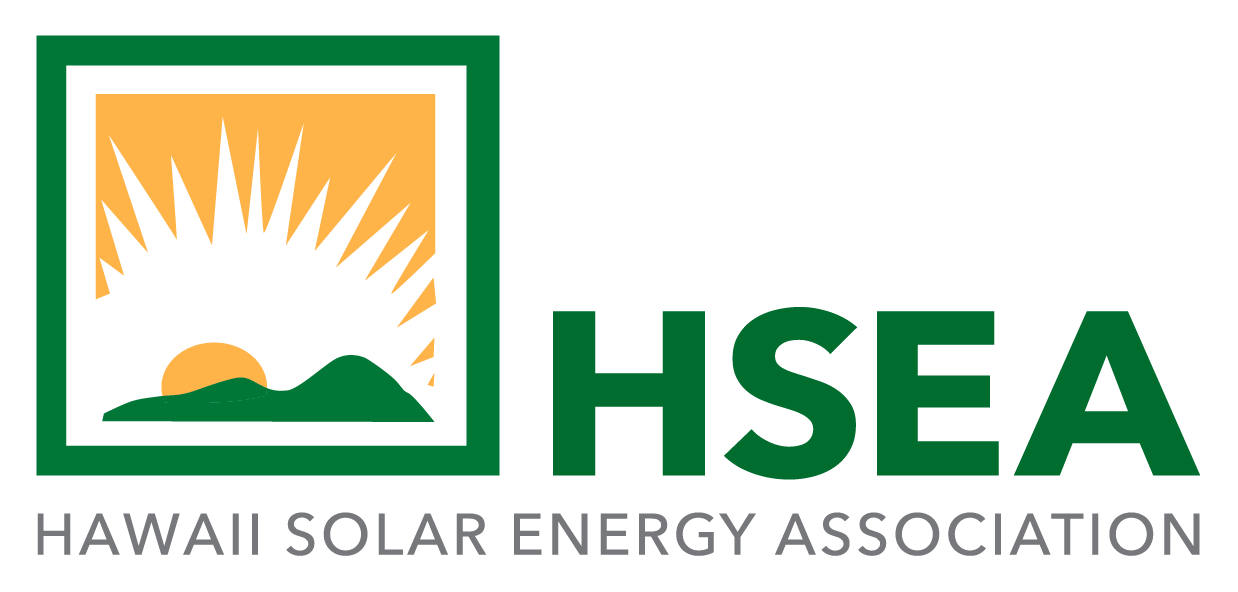As Hawaii continues its transition towards a more sustainable energy future, the process of permitting for solar energy installations plays a crucial role in facilitating the adoption of clean, renewable power sources.
With advancements in technology, evolving regulatory frameworks, and a growing demand for solar energy, it’s essential to explore what the future of permitting for solar energy will look like in Hawaii.
Let’s delve into this topic while examining key statistics from Hawaii news on solar energy over the past three years:
Streamlined Permitting Processes
In recent years, Hawaii has made significant strides in streamlining permitting processes for solar energy installations, reducing bureaucratic barriers and expediting the approval timeline.
According to data from the Hawaii State Energy Office, the average time for obtaining a permit for a residential solar PV system in Hawaii decreased by 20% from 2018 to 2020, reflecting efforts to make the process more efficient and accessible for homeowners and businesses.
Rise in Residential Solar Installations
The demand for residential solar installations in Hawaii has been on the rise, driven by factors such as declining costs, technological advancements, and increasing awareness of the benefits of solar energy. According to a report by the Solar Energy Industries Association (SEIA), Hawaii ranked 10th in the nation for residential solar capacity installed per capita in 2020, highlighting the state’s growing commitment to rooftop solar and distributed generation.
Impact of Permitting on Solar Market Growth
The efficiency of permitting processes has a direct impact on the growth of the solar market in Hawaii.
A study conducted by the National Renewable Energy Laboratory (NREL) found that reducing soft costs, including permitting and inspection fees, could significantly increase the deployment of solar energy systems and drive down overall project costs.
By streamlining permitting processes and reducing administrative burdens, Hawaii can unlock the full potential of its solar market and accelerate the transition to a clean energy future.
Looking ahead, what can we expect for the future of permitting for solar energy in Hawaii? Here are some key trends and considerations to keep in mind:
Digital Permitting Solutions
As technology continues to advance, we can expect to see greater adoption of digital permitting solutions for solar energy installations in Hawaii.
Online permitting platforms, electronic plan review systems, and digital documentation processes can streamline the permitting process, reduce paperwork, and improve transparency and efficiency for both applicants and regulators.
- Standardized Permitting Guidelines: Standardizing permitting guidelines and requirements across counties in Hawaii can help streamline the process for solar installers and ensure consistency and predictability in permitting outcomes. By harmonizing permitting procedures and adopting best practices from other jurisdictions, Hawaii can create a more cohesive and efficient regulatory framework for solar energy development.
Community Engagement and Education
Effective community engagement and education initiatives are essential for building public trust and support for solar energy projects.
Providing resources, guidance, and outreach efforts to homeowners, businesses, and local communities can help demystify the permitting process, address common concerns, and promote the benefits of solar energy adoption.
The future of permitting for solar energy in Hawaii holds tremendous potential for driving the state’s clean energy transition forward. By embracing streamlined processes, leveraging technology, and prioritizing community engagement,
Hawaii can create a more efficient, transparent, and accessible permitting framework that empowers individuals and businesses to harness the power of the sun for a brighter, more sustainable future.

